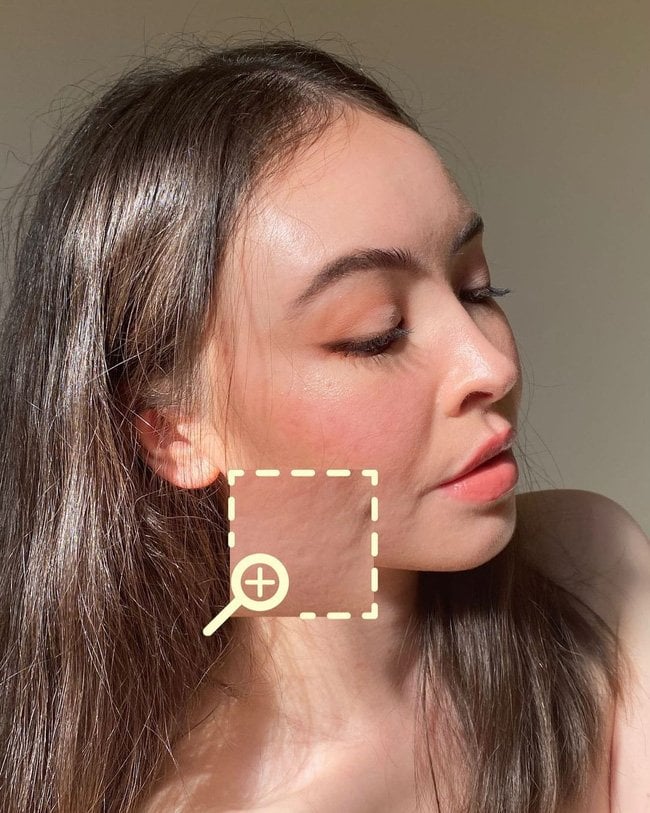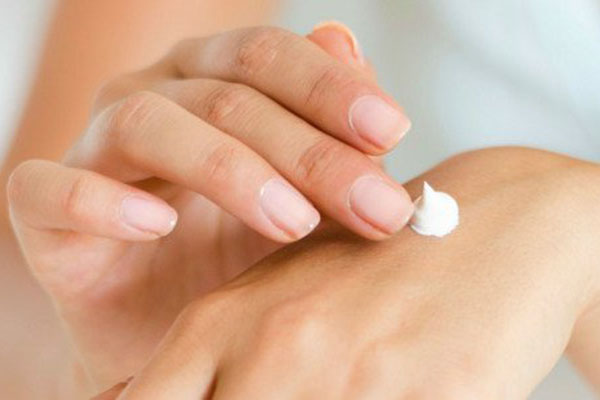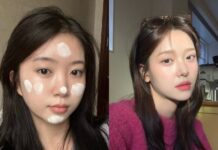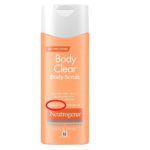Retinoids do not thin the skin
While many believe their skin is thinning, the opposite is true. As retinoids stimulate collagen production, they actually help thicken the skin.
Discontinue retinoid use if peeling occurs
With retinoids, typical side effects include dryness, tightness, peeling, and redness – especially when first starting out. These side effects usually subside within two to four weeks as the skin adjusts. It is recommended to continue using retinol during this time.

These side effects usually subside within two to four weeks as the skin adjusts.
Daily application is necessary for results
While the goal for any skincare product should be daily use, benefits can still be gained by applying it a few times a week. How quickly results occur also depends on the strength and type of retinoid.
Avoid applying retinoids around the eye area
This is the area where wrinkles often first appear and can benefit the most from retinoids’ collagen-stimulating effects. If the skin around your eyes is sensitive, you can always apply a layer of eye cream first, followed by the retinoid.
Sensitive skin cannot tolerate retinoids
Retinoids are quite potent, but those with sensitive skin can still enjoy their benefits with a few modifications. It is best to start cautiously, applying it once or twice a week. You should mix it with your moisturizer to reduce irritation from the retinoid.

The recommended amount is about a pea-sized drop for the entire face.
To ensure your skin’s absorption, only use it a few times a week. It may take a few weeks to adjust to regular retinol use. Regardless of skin type, it is best to start with 2-3 applications per week in the evening, gradually increasing frequency as your skin acclimates.
As everyone’s skin reacts differently to skincare products, it is recommended to start with a lower concentration when using it for the first time. The frequency should not be too high, perhaps once a week, gradually increasing tolerance. After a while, it can be used twice a week or every other day.
Those with dry, sensitive skin should not easily try retinol products. If you want to try retinol products, you should first perform a patch test behind the ear.
If you are treating acne, you can use a high concentration of retinol (e.g., 0.1%) or a prescribed retinoid applied directly to the acne lesions. If using retinol for cosmetic purposes (skin improvement, wrinkle reduction, etc.), start with a lower concentration, such as 0.05%.






































